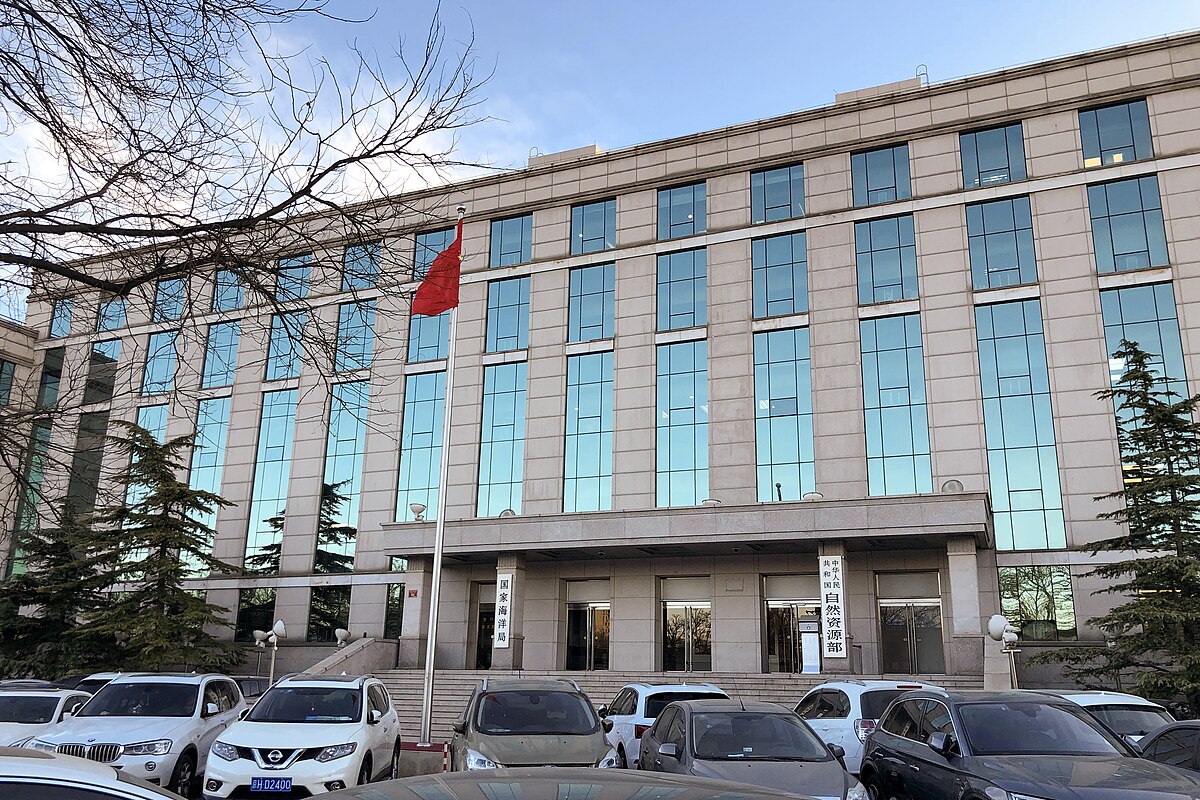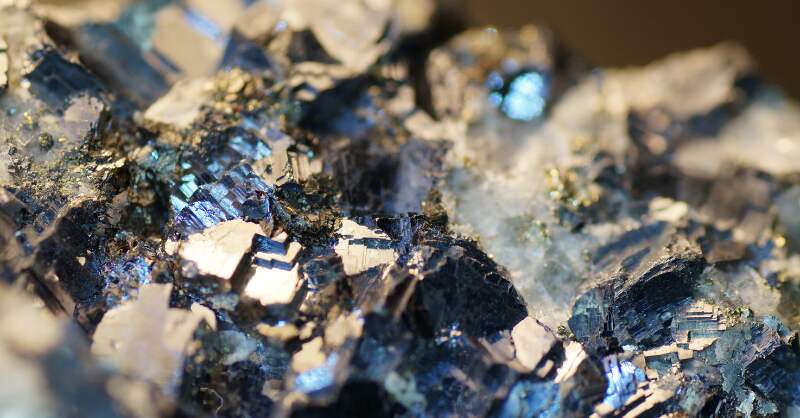
Construction Dips While Aluminum Extrusions Find Growth Elsewhere
Aluminum extrusions face mixed fortunes in early 2025 as commercial construction slows due to inflation and high interest rates.
Executives from SAF and Eastern Metal Supply confirm a softening in large project demand, though daily operations remain steady.
This downturn is not tied directly to trade policies or aluminum prices but instead stems from macroeconomic hesitation to build.
SAF paused plans to build a new anodizing line in Georgia after project costs doubled since 2022.
Their experience reflects broader hesitation among commercial builders grappling with tighter budgets.
Meanwhile, the Midwest premium initially spiked on trade concerns but has since stabilized.
At Tri-City Extrusion, OEM orders have slowed, yet business from distribution customers is booming.
“Distribution is booming,” says Wendy Rumley, noting double-digit growth in early 2025.
Steel tariffs are causing strain on die costs, but aluminum business is rebounding as tariffs reroute demand toward domestic producers.
Aluminum Extrusions Surge in Solar and Auto Markets
While commercial construction cools, demand for aluminum extrusions is rising in automotive and solar sectors.
Electric vehicles (EVs) and lightweighting trends are driving OEMs to adopt more aluminum in structural components.
Companies like Metal Exchange Corp. and SAF confirm that aluminum’s role in vehicles is steadily increasing.
In addition, solar energy infrastructure is becoming a strong growth vector for extrusions.
“When I’m driving, I see solar fields instead of new buildings,” says SAF’s McClatchey.
The U.S. solar buildout, fueled by tariffs on Chinese products, is redirecting demand to local extrusion suppliers.
According to Can Akyil of MacDermid Enthone, 65% of U.S. aluminum extrusions were tariff-affected, prompting OEMs to reshore supply.
To meet future demand, companies are investing in new capacity and recycled material.
Taber Extrusions has broken ground in Arkansas on what will be North America’s largest direct extrusion press.
Meanwhile, Hydro received $17.4 million through the Inflation Reduction Act for its automotive recycling expansion in Kentucky.
Tri-City Extrusion also plans to add another press, citing strong long-term market fundamentals.
SuperMetalPrice Commentary:
Aluminum extrusions sit at a critical intersection of policy, innovation, and macroeconomics.
While commercial construction temporarily softens, long-term demand signals in solar and mobility are flashing green.
Tariffs have unintentionally fueled domestic reinvestment, and new projects suggest rising confidence in U.S.-based capacity.
As EVs and renewable infrastructure expand globally, aluminum extrusion producers who scale now may find themselves industry leaders by decade’s end.











Leave a Reply
You must be logged in to post a comment.